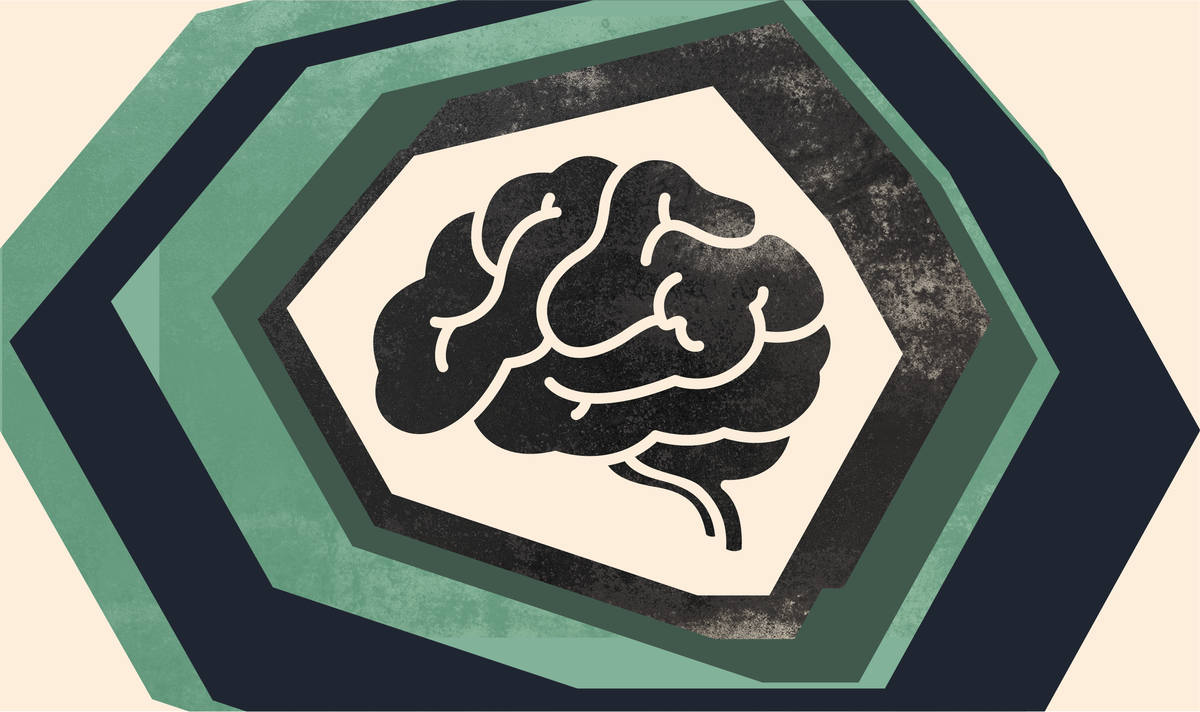End of daylight saving time sparks conversation about its mental health impacts
New data on suicide risks among ChatGPT users also led to debate online.

New data on suicide risks among ChatGPT users also led to debate online.
After the clocks changed on Sunday, social media posts linked the end of daylight saving time to seasonal affective disorder and shared tips for coping with its symptoms. Meanwhile, AI therapy continued to draw conversation as posts responded to new data finding that more than 1 million people show suicide warning signs in conversations with ChatGPT every week.
In light of these discussions, communicators may recirculate tips for managing SAD and time changes, highlight the risks of AI therapy, and share human-led free or low-cost mental health resources.

Insights brought to you by the reporters and science writers of Public Good News (PGN), a nonprofit newsroom dedicated to improving community health.
What’s trending nationally in conversations about mental health
After daylight saving time ended on November 2, social media users across platforms discussed how the time change may impact mental health. One X post linking the end of DST to seasonal depression received approximately 189,000 views, 8,900 likes, 800 reposts, and 1,600 comments as of November 4. Many commenters agreed that earlier sunsets led them to feel sad and lethargic and disrupted their routines, and some shared tips for coping with SAD, like waking up earlier and exercising regularly.
Last week, articles reported on new data from OpenAI that found that every week, more than a million ChatGPT users show “explicit indicators of potential suicidal planning or intent” during conversations with ChatGPT. This comes after reports that the parents of a 16-year-old boy who died by suicide are suing OpenAI, saying that ChatGPT helped their son plan his suicide. Social media posts across platforms highlighted the dangers of relying on unregulated AI chatbots for mental health support, arguing that human-led mental health interventions are the safest and most effective. Others argued that AI chatbots provide mental health support and fill in gaps in care, as many people face cost barriers, staffing shortages, and long wait times.

Recommendations brought to you by the health communication experts behind Infodemiology.com.
Recommendations for public health professionals
Each week, the Infodemiology.com team will provide messaging recommendations in response to some of the trending narratives outlined above. These helpful tips can be used when creating content, updating web and FAQ pages, and developing strategy for messaging about mental health.
In response to discussions about the mental health impacts of time changes, messaging may explain that seasonal affective disorder is a type of depression induced by seasonal changes that typically begins when the weather gets colder and daylight wanes. Communicators may want to share treatment options for SAD and other types of depression, like therapy and medication. Messaging may explain that lifestyle changes—such as exercising regularly, spending time outside, prioritizing sleep, spending quality time with loved ones, limiting cell phone use, and using at-home light therapy—may help improve SAD symptoms. Communicators may also want to share general mental health resources for people experiencing depression, such as therapist databases, support groups, local mental health centers, and the 988 Suicide & Crisis Lifeline.
Ongoing debate about AI therapy provides an opportunity to educate people about its risks. Given that social media users frequently cite cost as a barrier to receiving mental health care, communicators may recirculate free and low-cost mental health resources. Communicators may also want to highlight suicide warning signs. Sharing tips for keeping kids teens safer on social media and for talking to youth about safer chatbot use is recommended.
